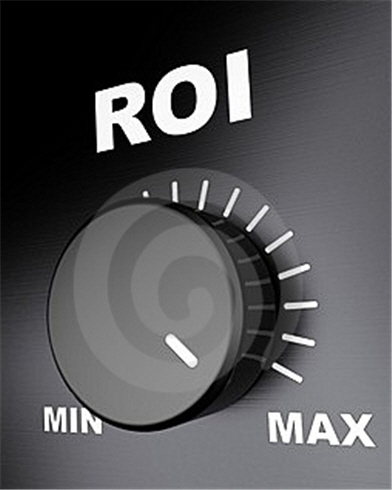If you’re a business owner, you want to make sure that every dollar you put into your marketing campaign counts, but you can’t measure your return on investment without a thoughtful approach. In this blog post we’re going to explain how to measure your campaign’s ROI.
Think Before You Act
Don’t just start a campaign for SEO, PPC or Facebook advertising and see what happens. If you do that, you’ll always be successful…at seeing what happens. But you won’t have much success at creating a profitable campaign and optimizing it. You should first establish what type of campaign you wish to create, where you should be advertising and what your value proposition will be. Whether it’s an SEO campaign or a PPC campaign, you need to make assumptions about what will be effective and then test these assumptions.
Set Up Metrics
Before launching your campaign, you want to set up the metrics that will decide the success or failure of your campaign, also known as Key Performance Indicators. So which metrics should you be using? You need to measure the following:
- Traffic and traffic sources
- New visits and returning visitors
- Time on site
- Bounce rate
- Pages viewed
- Goal conversions
- Where users fell off and abandoned your site
- Conversion rate
- Transactions
- Call tracking
There are many analytical tools to help you measure these KPIs, but we recommend Google Analytics. It’s a valuable resource that offers you free tools to track your campaign. Once you’ve set up your metrics, you are ready to build your campaign and launch it.
It’s important to measure as you go so you can keep up with what is working. If you see that part of your campaign isn’t working, you’ll have to determine what isn’t and why it’s not. Perhaps you’re getting lots of traffic but your conversion rate is low. Is it because of your landing page? By measuring as you go, you’ll be able to determine if this is the case. This idea applies to any aspect of your campaign.
Track Your Results
You want to track your results so that you can make the necessary changes needed to get the most ROI you can. There are several different factors that you can track such as traffic, increase in traffic, new visits, returning visits, time on site, bounce rate, pages viewed, goal conversions, where they fell off in the sales funnel, which page they left on, transactions, call tracking, customer retention, sales, cost per acquisition, ROI, etc.
These are all important in order to see what is working and what isn’t. Depending on your marketing campaign, you’ll have different results you will be tracking. If you made a change to your campaign and aren’t seeing any significant results, perhaps you need to rethink your strategy for whatever aspect you’re tracking.
An important tracking tool is cohort analysis, which shows you historical trends in data over time. This is important, because you’ll be able to identify the key problem areas in your campaign and in what point of your campaign they occurred.
Learn and Optimize
By the end of your campaign, you’ll be able to see what parts of your marketing campaign did and didn’t work. By learning what wasn’t so effective, you’ll be able to make the necessary changes to maximize your ROI.
Maximizing your ROI takes time. You can’t go from having a low ROI to a high ROI overnight. It’s a slow and continuous process. It’s paramount that you track your campaign to make the changes necessary to gain traffic and customers. Over time if you’re making the appropriate changes, you’ll be able to have a successful marketing campaign.
